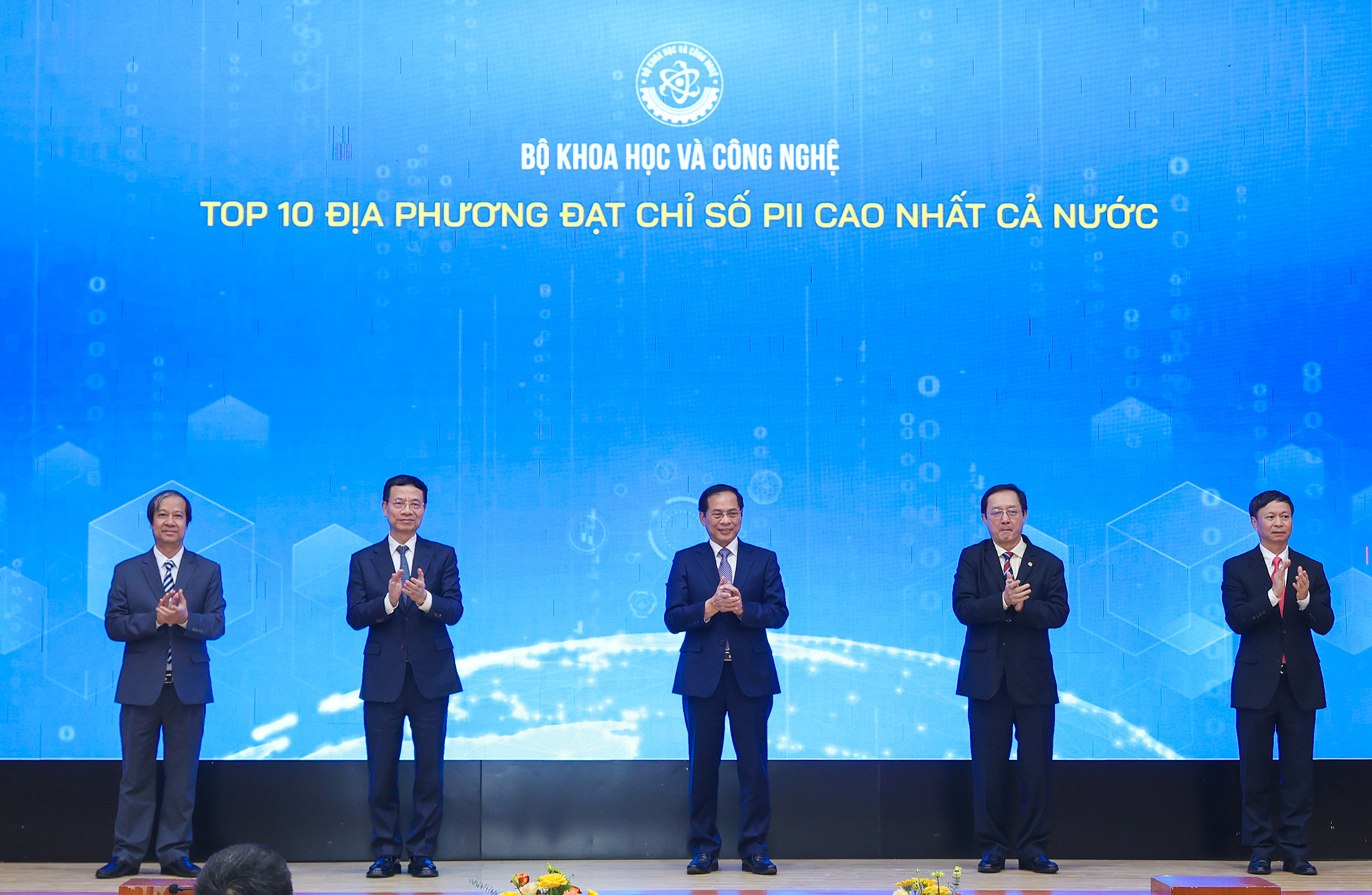
On December 30, the Ministry of Science and Technology (MOST) announced the 2024 Provincial Innovation Index (PII), with Hanoi once again taking the top spot. This index reflects the current status and progress of local economic and social development models based on science, technology, and innovation.
The PII serves as a foundation to identify strengths, weaknesses, and potential factors, providing essential insights for localities to foster development.
Hanoi leads innovation rankings
Analysis of the 2024 PII results shows Hanoi leading the nation in innovation, while Cao Bang ranked lowest.
The top 10 provinces and cities include five centrally governed municipalities and five regions with strong industrial and service sectors.
Hanoi (1st), Ho Chi Minh City (2nd), and Hai Phong (3rd) retained their top positions. They were followed by Ba Ria-Vung Tau (4th), Da Nang (5th), Quang Ninh (6th), Can Tho (7th), Binh Duong (8th), Thai Nguyen (9th), and Bac Giang (10th).
The Red River Delta contributed three provinces to the top 10 (Hanoi, Hai Phong, Quang Ninh), while the Southeast region added three (Ho Chi Minh City, Ba Ria-Vung Tau, Binh Duong).
The Northern Midland and Mountainous Area accounted for two spots (Thai Nguyen, Bac Giang), with the North Central Coast and Central Coastal Region and the Mekong Delta each contributing one province (Da Nang and Can Tho, respectively).
Regional innovation performance
Among Vietnam’s six socio-economic regions, the Southeast region achieved the highest average PII score in 2024, surpassing the Red River Delta.
The Red River Delta ranked second, followed by the North Central Coast and Central Coastal Region and the Mekong Delta. The Northern Midland and Mountainous Area and the Central Highlands had the lowest average scores.
Advancing national innovation goals
Deputy Minister of Science and Technology Hoang Minh highlighted that the PII quantifies and concretizes innovation-based growth models into actionable goals and indicators.
The index provides scientific evidence and identifies key strengths and areas for improvement, enabling policymakers to devise targeted socio-economic strategies rooted in science, technology, and innovation.
At the national level, since 2017, the government has utilized the Global Innovation Index (GII) from the World Intellectual Property Organization (WIPO) to evaluate Vietnam’s innovation performance.
In 2024, Vietnam ranked 44th globally in the GII, an improvement of two places compared to 2023. Over the past 11 years, Vietnam has advanced 32 ranks, climbing from 76th to 44th.
WIPO has noted that Vietnam has consistently outperformed its development level in innovation for 14 consecutive years.
This demonstrates the government's effectiveness in transforming inputs into tangible socio-economic outputs.
Trong Dat